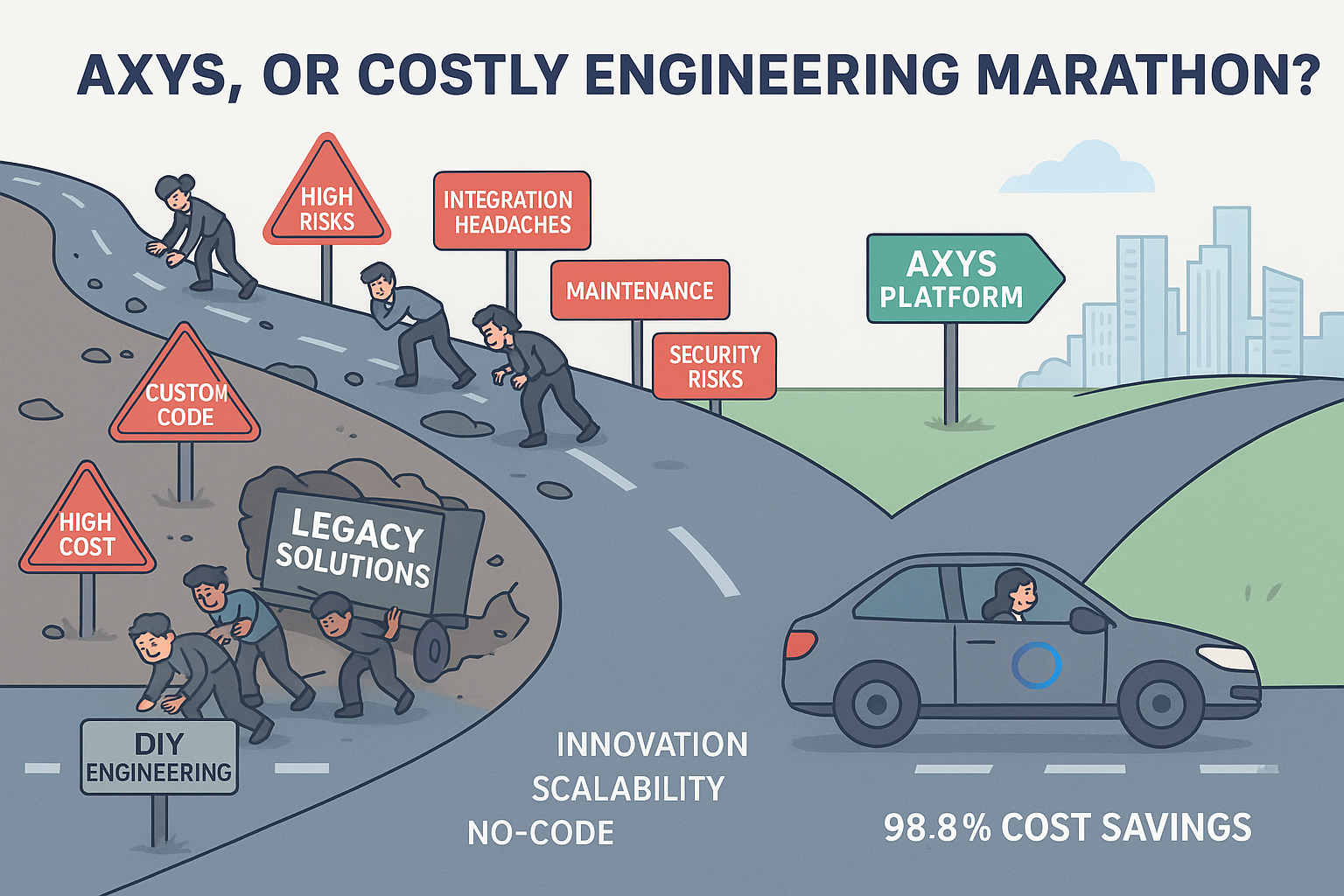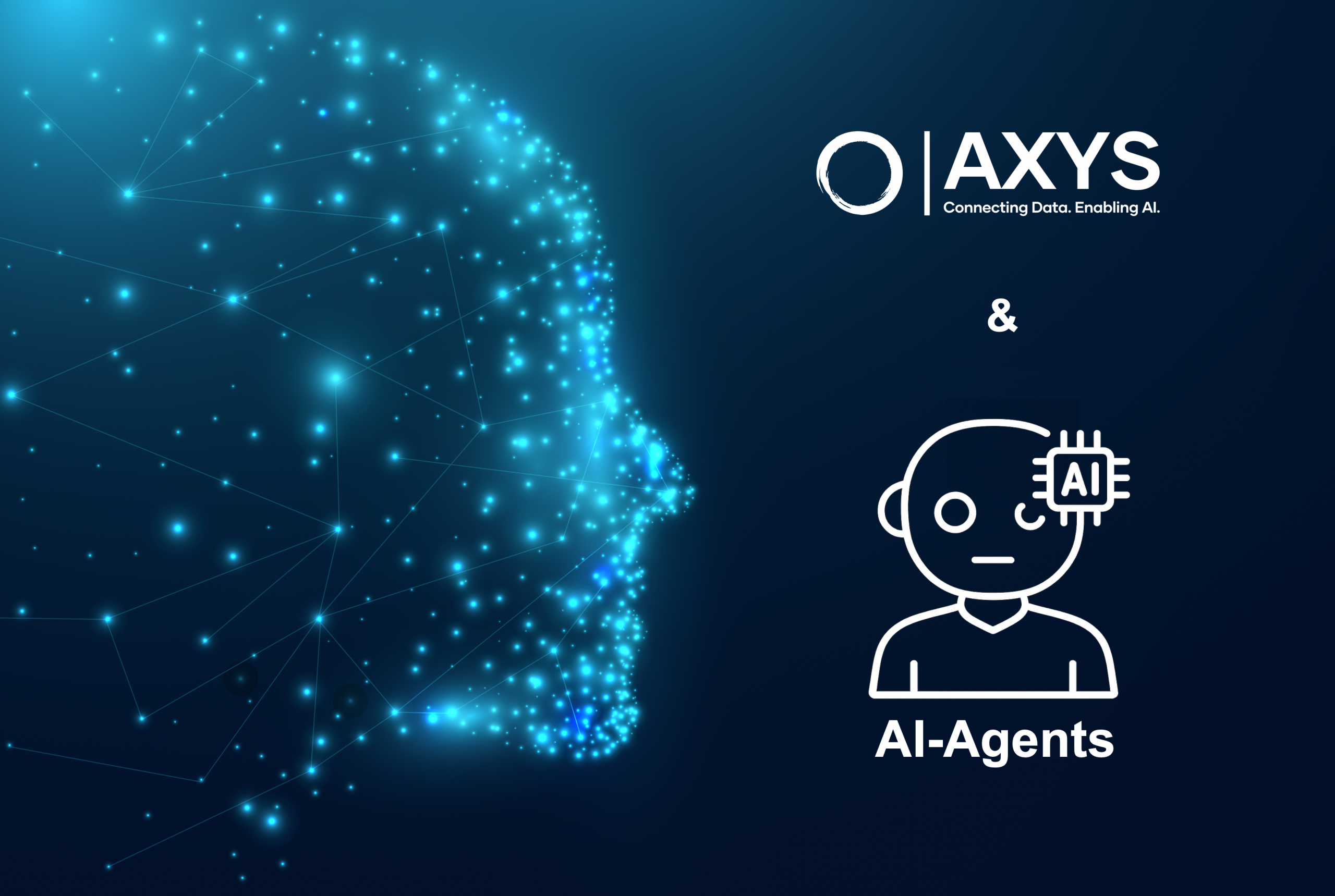In today’s fast-paced business environment, businesses need to be able to quickly and easily access essential data. One of the most common solutions for optimizing data retrieval is through enterprise search and data fabric solutions. Here are five things your business should consider when selecting an enterprise search and data fabric solution:
1. Understand your data structure
A good enterprise search solution should validate against multiple sources of information including account processes and customer product orders. It must process a variety of formats (XML, JSON, etc.) that can follow corporate models or leverage industry standard models such as DDEX/DEPREC 2. It must also provide quick searching capabilities to locate requested items from structured and unstructured sources quickly.
2. Access Security Requirements
Using access control policies is an important component of enterprise search solutions. With appropriate security protocols in place, it’s possible to filter out certain information based on its sensitive nature or personnel levels authorized to view such material. Additionally, your business must ensure that the platform remains compliant with current regulations and audit requirements such as PCI compliance and GDPR regulations respectively.
3. Data Storage
Your enterprise search solution must be able to store large amounts of data in a secure manner while still providing quick access for users who need to reference its contents for strategic decision-making. Data fabrics offer streamlined storage options for rapidly expanding datasets by allowing organizations to tie together separate elements in a unified format which can then power any connected system including web services or applications within the organization’s ecosystem.
4. Manageability & Support
You’ll need a platform with comprehensive management capabilities so you have complete oversight over the entire life cycle of your system – from creating indexing strategies, and ingesting different types of content all the way up to reporting on usage statistics and managing user groups across different environments i.e Production / Staging, etc. Additionally, depending on how complex the initial setup will be required it might be worth looking into managed service vendors who offer support packages tailored around your specific requirements during the setup phase and later deployments if needed.
5 Cost Considerations
Last but not least, you should analyze cost considerations associated with deploying & running each type of Enterprise Search & Data Fabric Solutions against pre-defined SLA’s; this includes Infrastructure costs – Hardware / Cloud / Private cloud hosting, maintenance costs, training costs, 3rd party integration costs if applicable, License fees, etc.. Choosing an “all in one” vendor helps save time & Money when integrating components like content ingestion, and query DSL parsers amongst others. Similarly choosing open-source solutions over cloud providers can also help customers save costs going forward once the initial setup is deployed properly.


